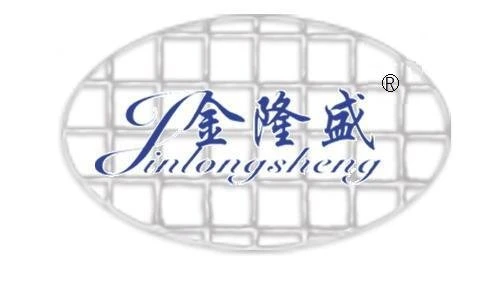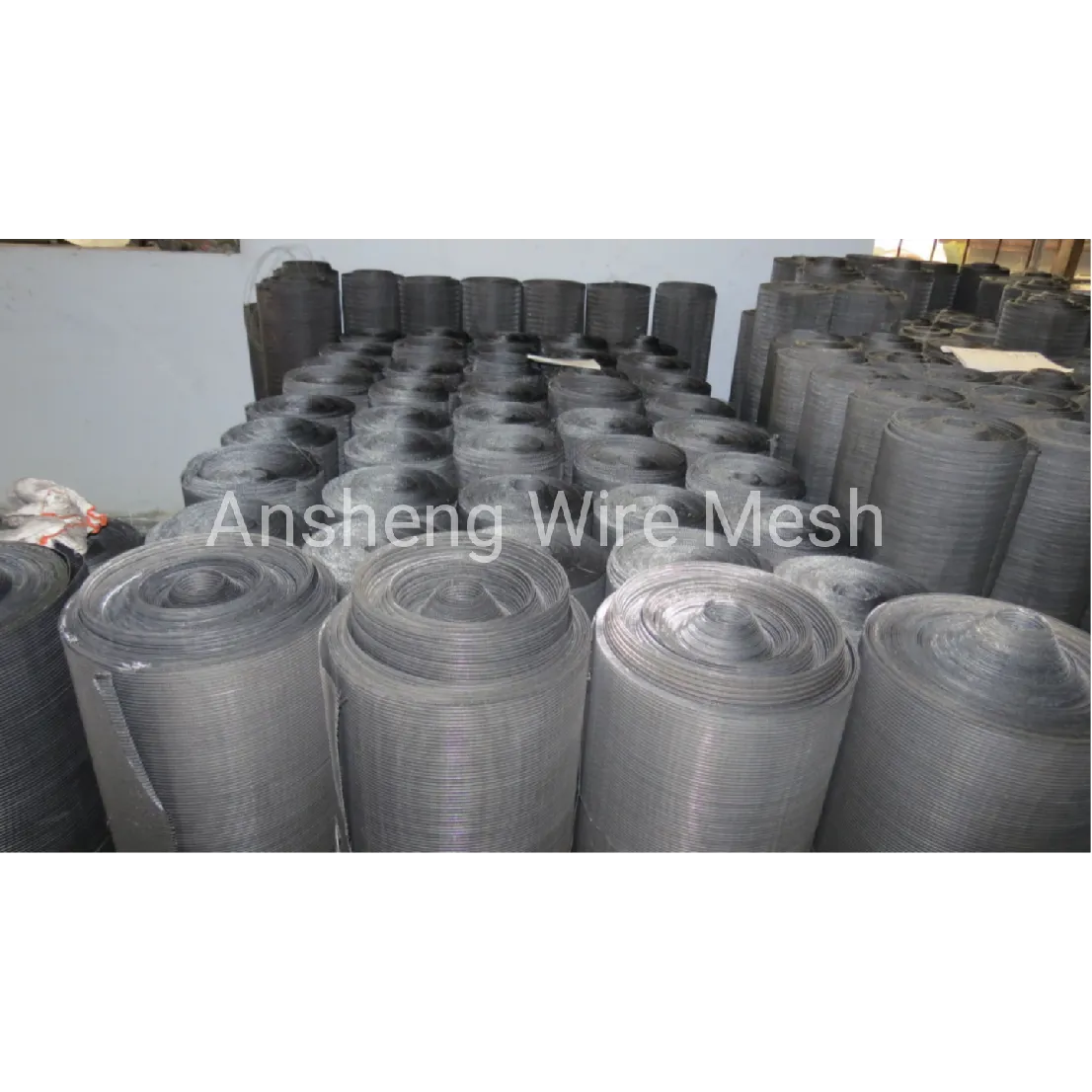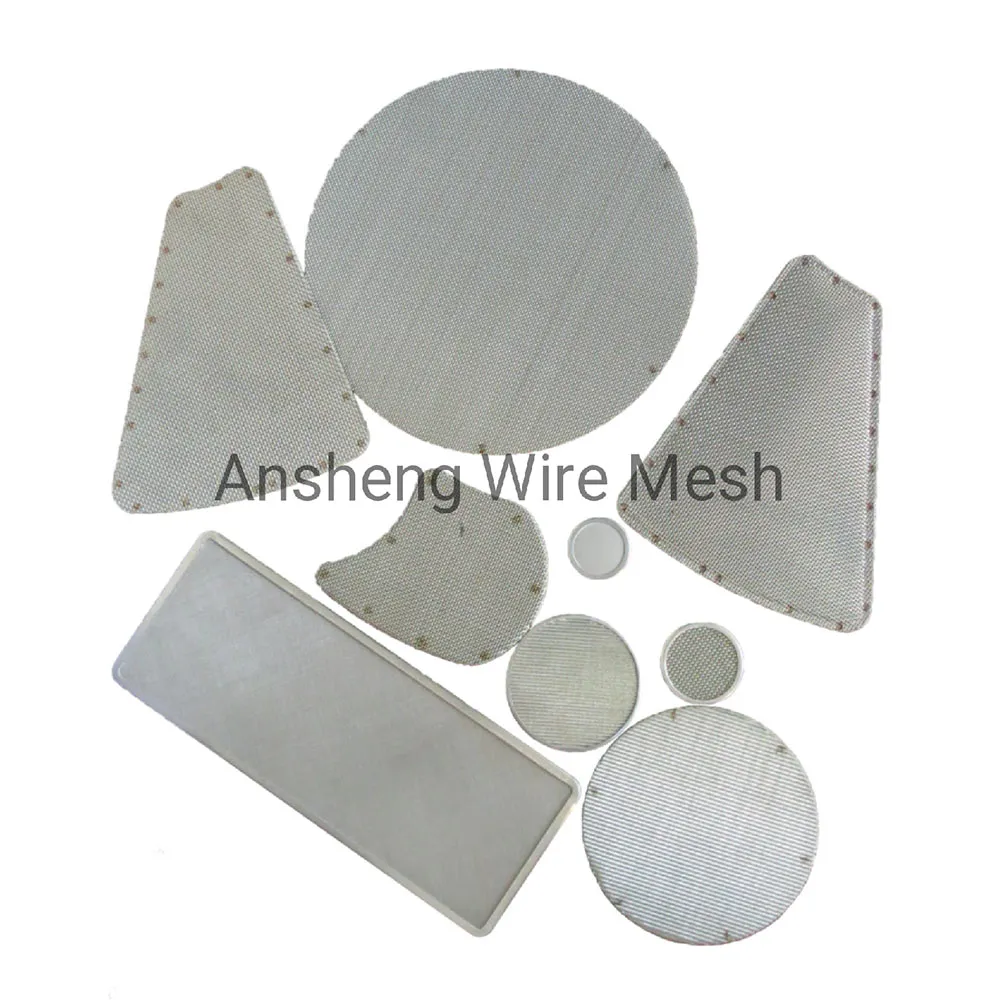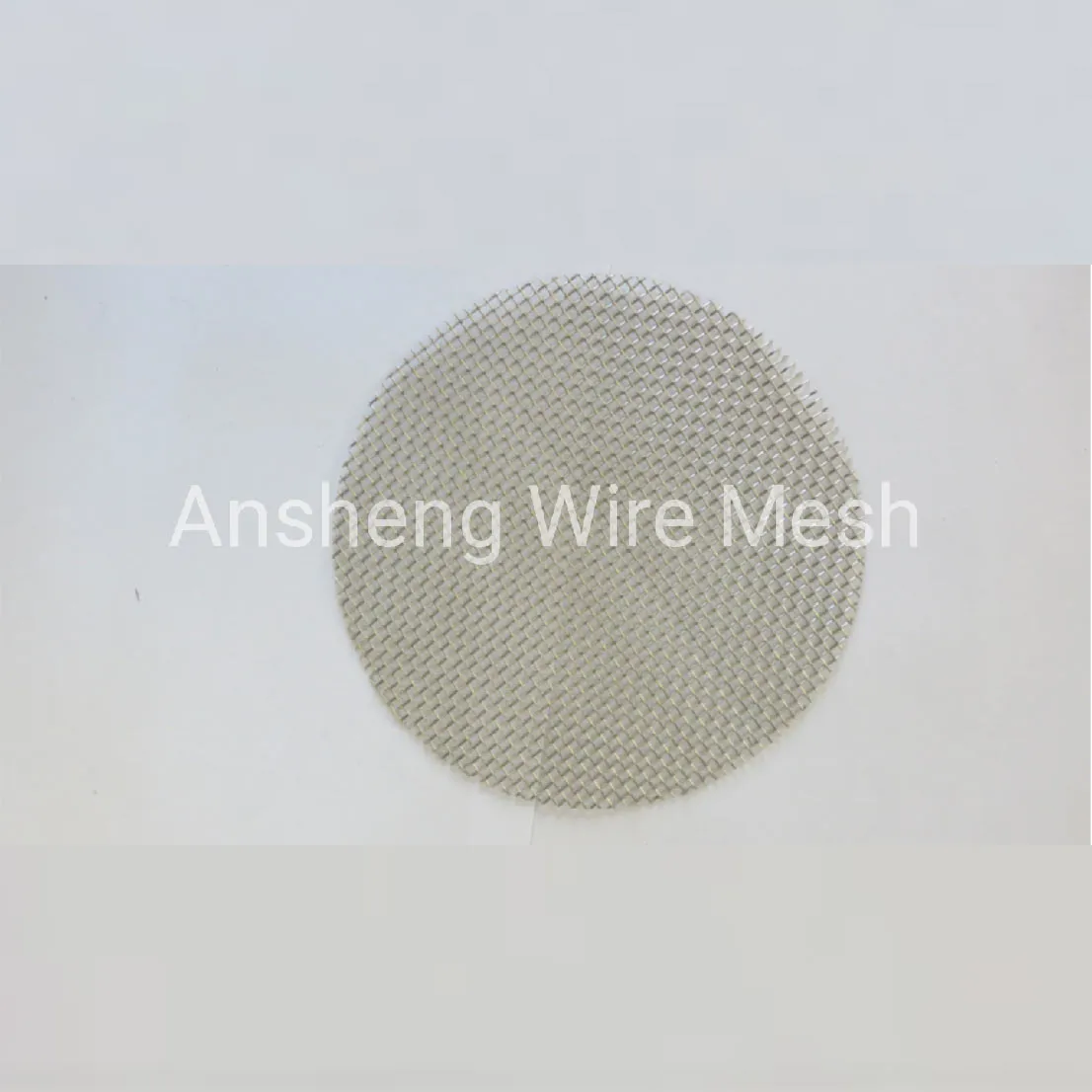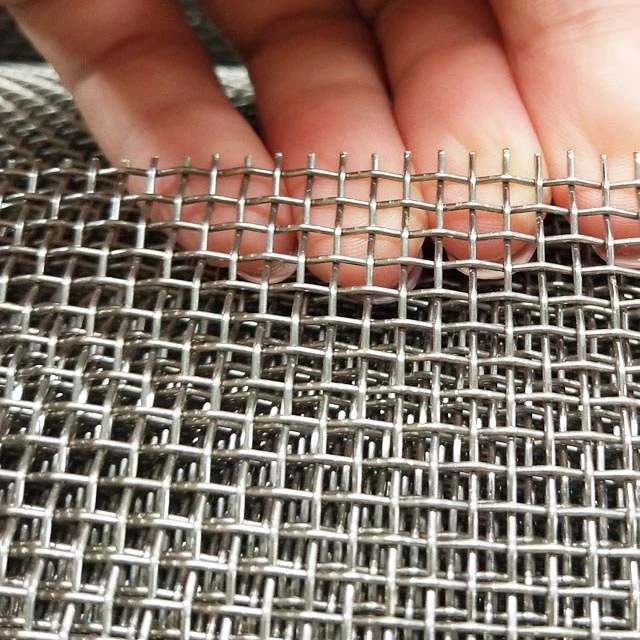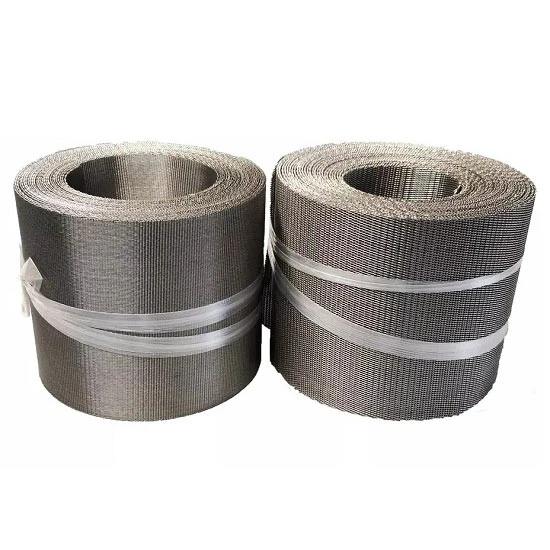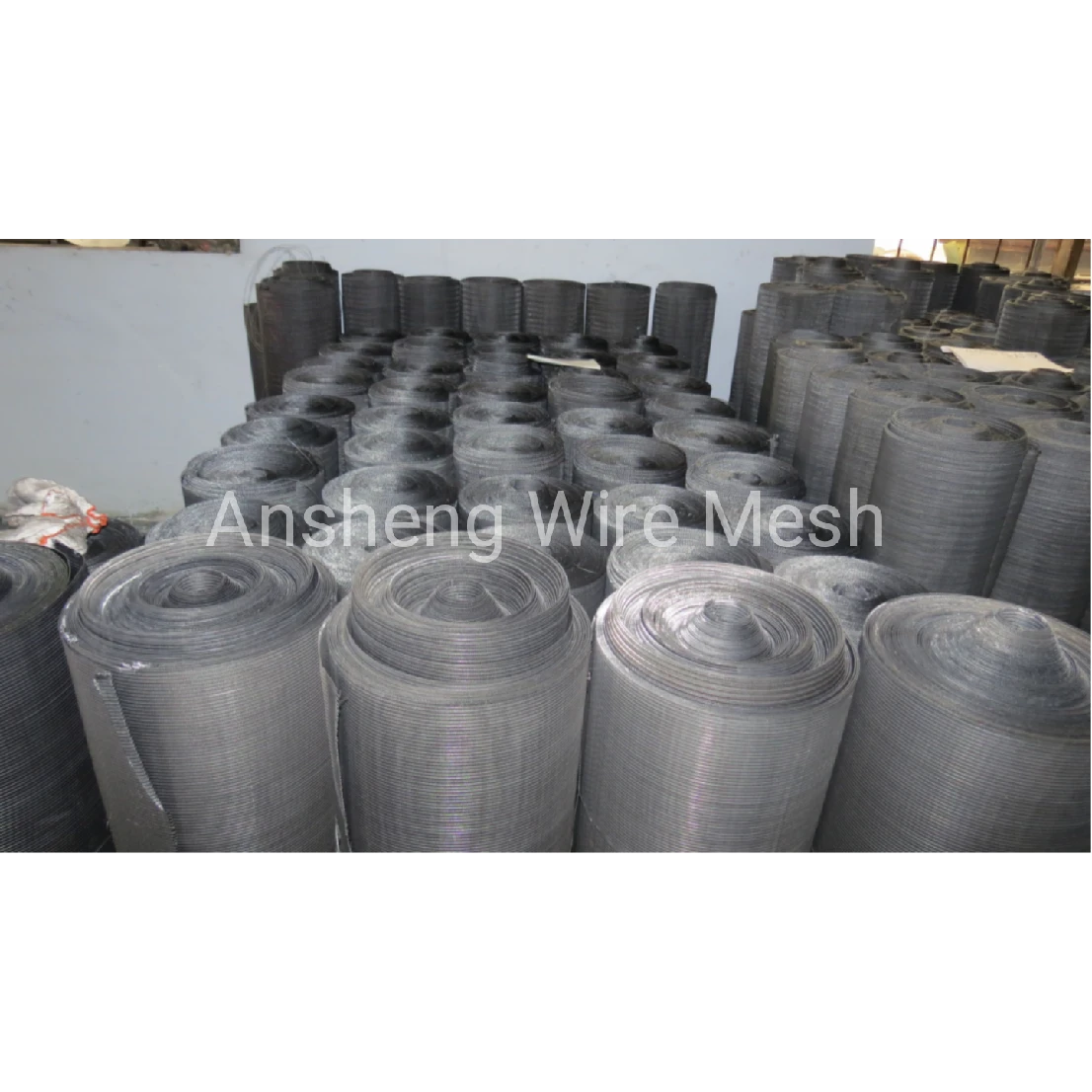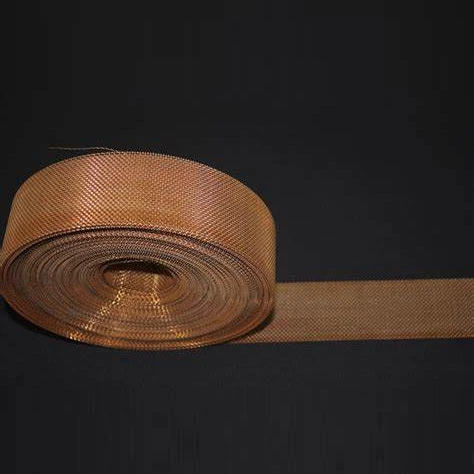The Quiet Importance of the Fine Metal Mesh Screen in Our World
At first glance, a fine metal mesh screen might seem mundane—just a grid of tiny wires, right? But scratch beneath the surface, and it turns out this humble component plays an unexpectedly vital role across industries, from humanitarian aid to the most advanced manufacturing processes. In real terms, understanding the nuances of fine metal mesh screening is crucial: it can impact water purity in remote areas, the safety of food packages, and even filter particles in space exploration equipment.
Globally, these screens tackle some thorny challenges — like contamination, sustainability, and industrial safety — making them silently indispensable. This article explores the real magic behind that mesh, why it matters, and how it’s quietly shaping the future.
Why Fine Metal Mesh Screens Matter on a Global Scale
You might be surprised, but the global fine metal mesh screen market is growing steadily, propelled by rising industrial demand and environmental regulation. According to the International Organization for Standardization (ISO), precise filtration and screening like that provided by metal meshes reduce waste and enhance product safety across critical sectors such as pharmaceuticals, oil and gas, and food processing.
In fact, the United Nations Environment Programme highlights how filtration technology helps combat water pollution, a crisis affecting over 2 billion people worldwide. So here’s the thing — the tiny openings in these meshes might just be the frontline warriors in global health and environmental efforts.
Still, challenges linger. For instance, balancing durability with fine filtration is a tricky dance; the finer the mesh, the more fragile it often is. This is where the ingenious engineering of modern fine metal mesh screens comes into play.
What Exactly Is a Fine Metal Mesh Screen?
Simply put, it’s a metal fabric made by weaving or perforating thin wires into an incredibly fine grid. Think of it as a sieve — but built for industrial precision. These screens trap particles while letting air, liquids, or smaller molecules slip through.
Industries everywhere rely on these screens to separate impurities from raw materials or finished products, ensuring safety and quality. For humanitarian groups, they’re a lifeline to clean water and safe food in disaster zones or areas with limited infrastructure.
4 Core Components That Define a Fine Metal Mesh Screen
Durability
These screens must withstand aggressive chemicals, high temperatures, and physical wear. Stainless steel, galvanized steel, or even nickel alloys often form the backbone, striking a balance between strength and corrosion resistance.
Filtration Precision
Mesh size is paramount. Fine metal mesh screens can filter down to microns, making them invaluable in sectors where even tiny contaminants cause huge issues.
Scalability and Customization
Whether it’s a tiny laboratory filter or a massive industrial screen, customization in size, weave type, and tensioning ensures the mesh fits the exact need.
Cost Efficiency
Despite their fine structure, producing these meshes has become more affordable thanks to advances in manufacturing technology, offering exceptional value versus synthetic alternatives.
Where Fine Metal Mesh Screens Come to Life Around the World
- Water Purification in Africa and Asia: NGOs deploy fine metal mesh screens in filtration units providing clean drinking water to remote regions, directly reducing waterborne diseases.
- Pharmaceutical Manufacturing in Europe: Precise mesh screens filter out contaminants from raw ingredients, ensuring drug efficacy and safety.
- Food Industry in North America: Screening powders and liquids to meet stringent health codes relies heavily on these meshes.
- Oil and Gas in the Middle East: Screens separate unwanted particulates to protect equipment and reduce corrosion in pipelines.
Take the example of a disaster relief operation in Southeast Asia where fine metal mesh screens in portable water filters have provided thousands with immediate safe water access. That’s real impact.
Advantages and Long-Term Value: More than Just a Screen
On the surface, investing in a fine metal mesh screen means improved filtration, but you get so much more:
- Cost Savings: Longer lifespan and easier maintenance reduce overall operational expenses.
- Sustainability: Metal meshes, unlike plastics, can be recycled, lessening environmental footprint.
- Reliability & Safety: Consistent filtration helps prevent equipment failure and health hazards.
- Social Benefits: Cleaner water and safer products elevate dignity and quality of life worldwide.
For many engineers, it’s this blend of emotional and logical benefits that makes fine metal mesh screens close to their hearts — innovation that genuinely improves lives.
Understanding the Fine Metal Mesh Screen: Technical Specifications
| Specification | Detail |
|---|---|
| Material | Stainless Steel 304 / 316, Nickel |
| Mesh Size | 20 to 500 microns |
| Wire Diameter | 0.025 mm to 0.3 mm |
| Weave Types | Plain, Twilled, Dutch |
| Max Temperature | Up to 1100°C for Nickel mesh |
Comparing Leading Fine Metal Mesh Screen Suppliers
| Supplier | Material Range | Customization | Typical Lead Time | Price Level |
|---|---|---|---|---|
| Ansheng Filter Screen | Stainless Steel 304 / 316, Nickel | High – bespoke sizes & weave | 2-3 weeks | Competitive |
| Global Mesh Solutions | Stainless Steel & Aluminium | Medium – standard sizes | 3-4 weeks | Mid-range |
| EcoScreen Tech | Recycled Metal Focus | Low – catalog items only | 1-2 weeks | Budget-friendly |
Looking Ahead: Trends in Fine Metal Mesh Screen Technology
Looking forward, innovation isn’t standing still. New materials like graphene coatings are promising greater strength and finer filtration without compromising durability. Automated weaving machines enable ultra-thin wires with incredibly consistent mesh sizes at scale—delivering better performance for less cost.
Sustainability is also a prime focus. Manufacturers are moving towards environmentally friendly production methods and recyclable raw materials, keeping the circular economy in mind. Digital integration, like embedding sensors to monitor mesh wear in real-time, is already underway in some sectors.
Facing Challenges Head-On
Of course, the fine metal mesh screen ecosystem isn’t perfect. Issues like susceptibility to clogging, high replacement costs for ultra-fine meshes, and challenges in mass customization can delay projects or inflate budgets.
Experts say combining mesh filtration with ultrasonic cleaning can extend lifespan dramatically. Also, working with vendors like Ansheng Filter Screen that emphasize tailored solutions helps mitigate “one-size-fits-all” problems.
FAQ: Quick Answers on Fine Metal Mesh Screens
- Q: How do I choose the right mesh size for my application?
- A: Consider the size of particles you want to filter and the operating environment. Smaller mesh sizes filter finer particles but might reduce flow rates. Working with an experienced supplier can help balance these factors.
- Q: Can fine metal mesh screens be cleaned and reused?
- Yes, they can. Many are designed for repeated cleaning using methods like backflushing or ultrasonic baths, which extend their usability.
- Q: Are fine metal mesh screens eco-friendly compared to synthetic alternatives?
- Generally, yes. Metal meshes are recyclable and more durable, reducing waste compared to single-use synthetic filters.
- Q: How quickly can custom fine metal mesh screens be delivered?
- Lead times vary but typically range from 2-4 weeks depending on complexity and vendor capabilities.
Wrapping Up: The Lasting Value of Fine Metal Mesh Screens
The fine metal mesh screen might not headline industry expos, but its impact reverberates in clean water access, safer medicines, and smoother industrial processes worldwide. It feels like these screens embody a quiet revolution—a small grid with enormous potential.
If you’re curious to explore the facets of fine metal mesh screens or need tailored solutions, visit our website at https://www.anshengfilterscreen.com. After all, the right screen might just be the filter your project needs.
Post time: Nov . 24, 2025 12:30
